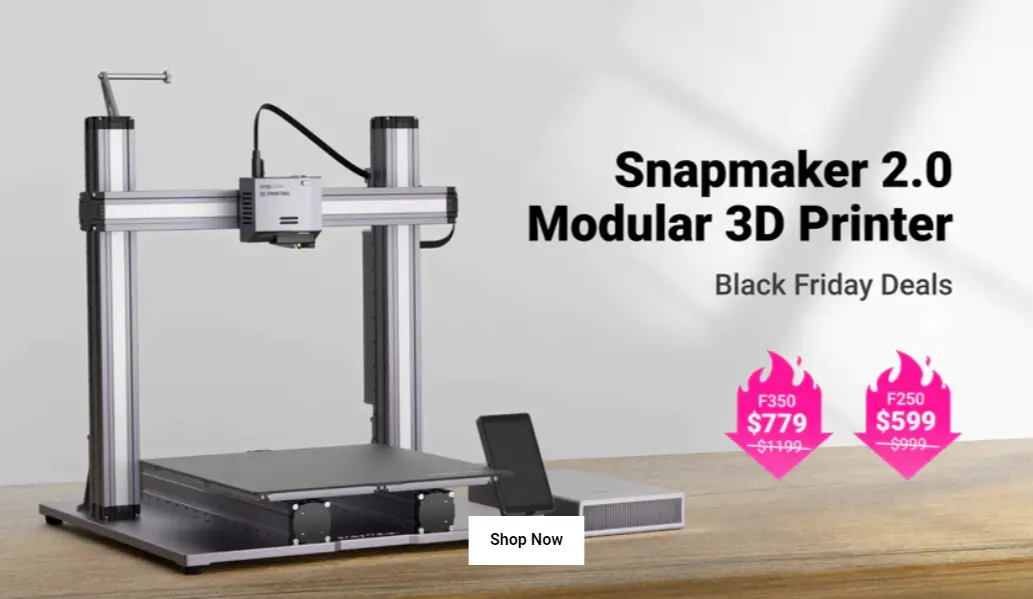3D printing is an amazing manufacturing technology that offers amazing results compared to alternative manufacturing techniques, shaping the future of manufacturing! Let’s look at a few of the advantages that 3D printing offers over traditional manual manufacturing techniques. First, because 3D printing is a computerized process, it enables printing more complex geometries that you cannot achieve manually. Traditional fabrication techniques have design restrictions that no longer apply to 3D printing. Secondly, 3D printing can create objects within a short time, which speeds up the prototyping process. Compared to machining prototypes, 3D printing is quicker at creating objects as the part can be finished quickly, allowing each design modification to be finished much more efficiently. Lastly, Print on demand is another advantage as it doesn't need much space to stock inventory, unlike traditional manufacturing techniques. This saves costs and space as there is no need to 3D Print in bulk unless required.
As a manufacturing technique, 3D printing requires raw materials to create objects. 3D printing filaments are the raw material for FDM 3D printers. But what exactly is a 3D printing filament? 3D printing filament is a plastic polymer material that becomes moldable at a specific temperature and solidifies upon cooling to form an object. Many filament types have different properties, requiring different temperatures to print. You must choose high-quality 3D printing filaments to avoid problems such as nozzle blockage during 3D printing and to get high-quality prints.
How is 3D printing filament produced?
A filament for a 3D printer is created by heating, extruding, and cooling plastic to turn nurdles into the finished product.
- Unlike in 3D printing, the filament is pulled through the nozzle to create the filament. The diameter of the filament is defined after the plastic has been heated.
- A different force and speed are applied to the filament as it is removed from the extruder to define the width of the filament, most commonly 2.85 mm or 1.75 in diameter.
- Before the filament for the 3D printer is extruded, the nurdles are heated to 80 °C to dry it and reduce moisture. The nurdles must be well dried as many thermoplastics are hygroscopic, and extrusion of wet plastic causes dimensional flaws.
- From there, the nurdles are passed into a single screw extruder, which is heated and extruded into a filament.
- The filament for the 3D printer is then fed through a warm water compartment which cools the filament and gives it a round shape.
- The filament is then passed through a cold water section to cool it to room temperature.
- It is then wound onto a spool to create the finished product
How are 3D printing filaments used to create an object?
- The 3D printer filaments are fed into the FDM 3D printer.
- The thermoplastics are heated past their glass transition temperature.
- The filaments are extruded and deposited by an extrusion tool head onto a build platform, where it cools.
- The process is continuous, building up layers to create the model.
Where can you get the best 3D printer filament?
You can get the best high-quality 3D printer filaments from Snapmaker! With Snapmaker 3D printing filaments, you can get high-quality prints and enjoy a smooth 3D printing process! Here are some of the 3D printing filaments that Snapmaker offers;
- PLA Filament
- PETG Filament
- TPU Filament
- Glow-in-the-dark Green PLA Filament
- Wood PLA Filament
You can read more features and purchase the best 3D printer filaments at an affordable price on the Snapmaker website: https://shop.snapmaker.com/collections/3D-printing-filaments.








